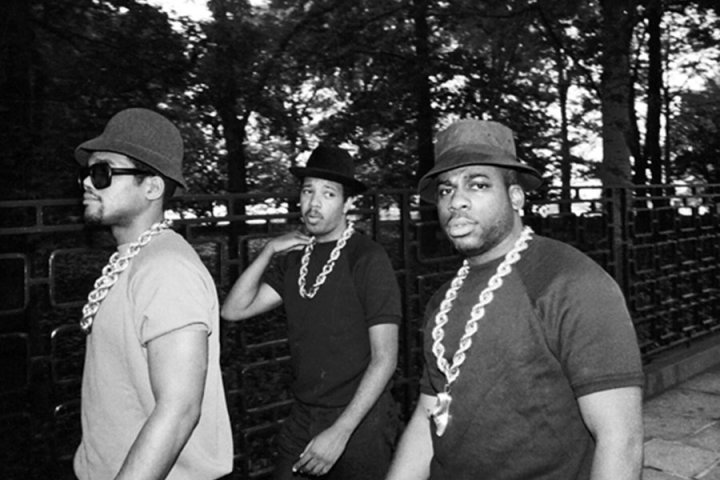
Run-D.M.C. was the musical brainchild of Joseph “Run” Simmons, Darryl “D.M.C.” McDaniels, and Jason “Jam Master Jay” Mizell. With singles like It’s Tricky, You Be Illin’, and Walk This Way (which heavily sampled Aerosmith’s hit song), the group offered a heavier, more abrasive style of the genre than predecessors like Grandmaster Flash. The trio has since influenced a wide variety of hip hop acts from N.W.A. and the Beastie Boys to LL Cool J and Busta Rhymes.
In addition to pushing rap’s boundaries, Run-D.M.C was influential in changing how rappers released new material.
“Run-D.M.C. helped move rap from a singles-oriented genre to an album-oriented one,” explained Stephen Thomas Erlewine in his AllMusic biography of the group. “They were the first hip-hop artist to construct full-fledged albums, not just collections with two singles and a bunch of filler.” After Run-D.M.C’s debut effort, the group released three more iconic records in the ‘80s: 1985’s King of Rock, 1986’s Raising Hell, and 1988’s Tougher Than Leather.
Other Lifetime Achievement Award recipients this year include Earth, Wind & Fire, Jefferson Airplane, Linda Ronstadt, Herbie Hancock, John Cage, Celia Cruz, and Ruth Brown. Recording Academy president Neil Portnow explained in a statement that the honor is for musical acts which have “greatly contributed to our industry and cultural heritage.”
Editors' Recommendations
- Apple M2 Pro and M2 Max MacBook Pro just received some good news
- Windows 10 can run better virtualized on Apple’s M1 Macs than on Surface Pro X
- Hasselblad’s sleek new X1D II 50C is faster and cheaper (and looks great)


